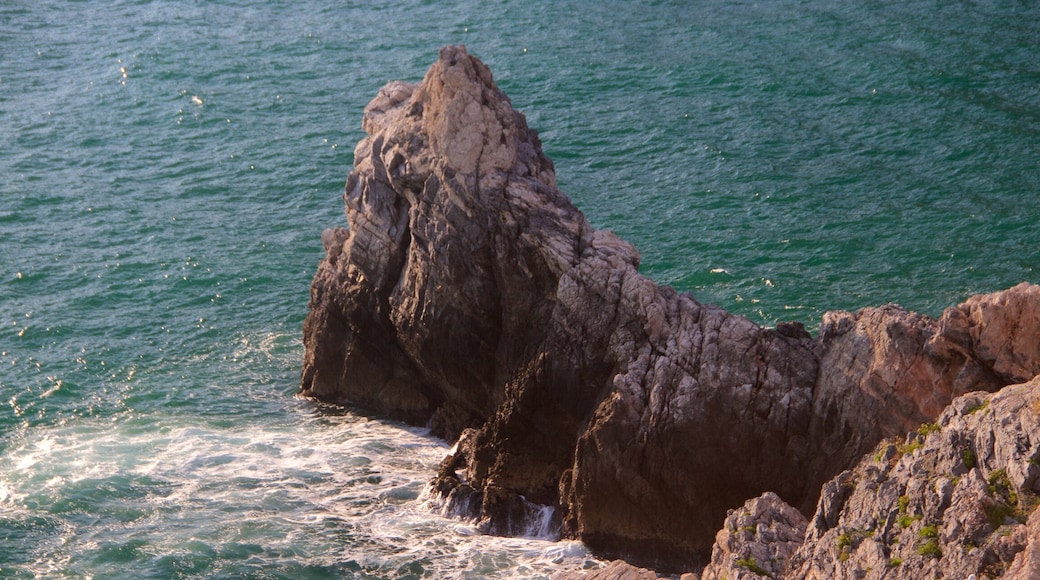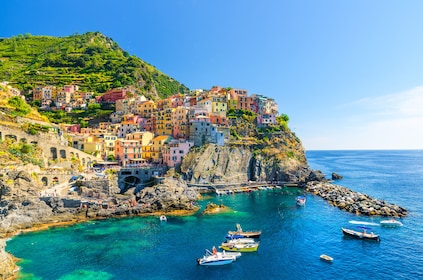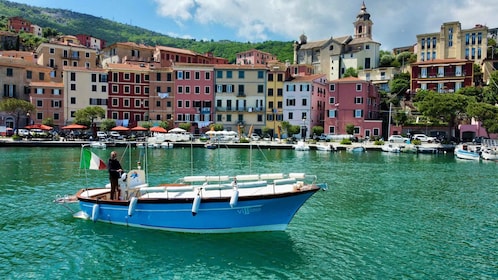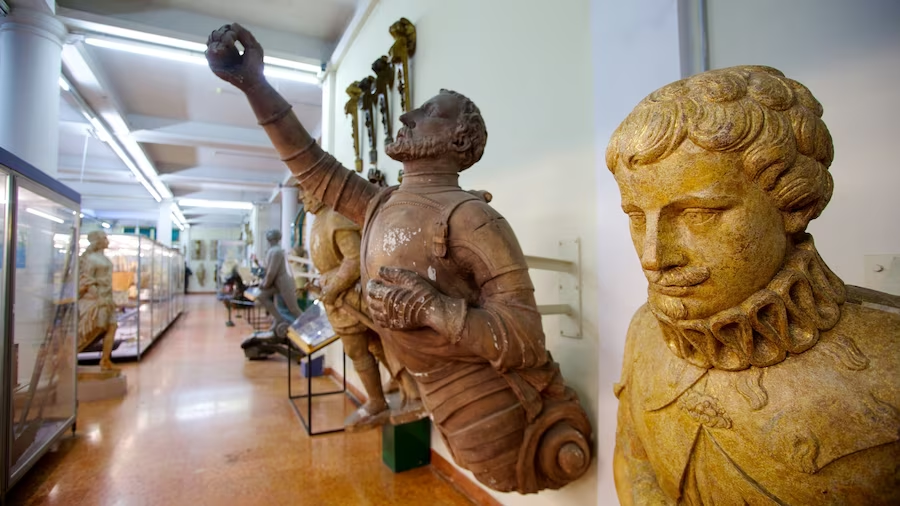Set precariously on an exposed rocky outcrop, this pretty church is known for its unusual black-and-white façade.
A distinctive striped structure, the Church of St. Peter sits atop a rocky protrusion jutting out into the sea. Admire the curious striped exterior and venture inside to find a charming semicircle apse.
The Gothic-style church that stands here today was consecrated in 1198, however, this site has been home to several earlier religious structures dating back as far as ancient times. Inspect the surrounding area, which still contains several walls and the scattered remains of an earlier 5th-century Paleochristian church. Before that, a Roman temple dedicated to the goddess Venus stood on this site.
The church is proudly positioned on a cliff edge at the end of a long winding path. Amble along this cobbled path and peer out over the surrounding turquoise sea. From a distance, the church exterior looks inconspicuous so get closer to see the peculiar black and white stripes that decorate the main façade. The stripes were added to clearly show where the most recent church is and where the remains of its predecessor lie.
Before going inside, examine the exterior of the tower, which is shaped with narrow arched portals on each side. Enter the church and note how the same stripes found on the exterior also adorn the interior walls. Peruse the curved apse and look for bunches of flowers. These are often placed on tables by local people as offerings to their deity.
Head back outside to take advantage of this spectacular natural viewpoint. Sit for a moment and enjoy the rugged scenery. Spot boats sailing on the horizon and watch gentle waves break on the beaches of Palmaria Island.
The Church of St. Peter is open daily, though entrance may be restricted on Sundays and religious holidays. Admission is free.






























































